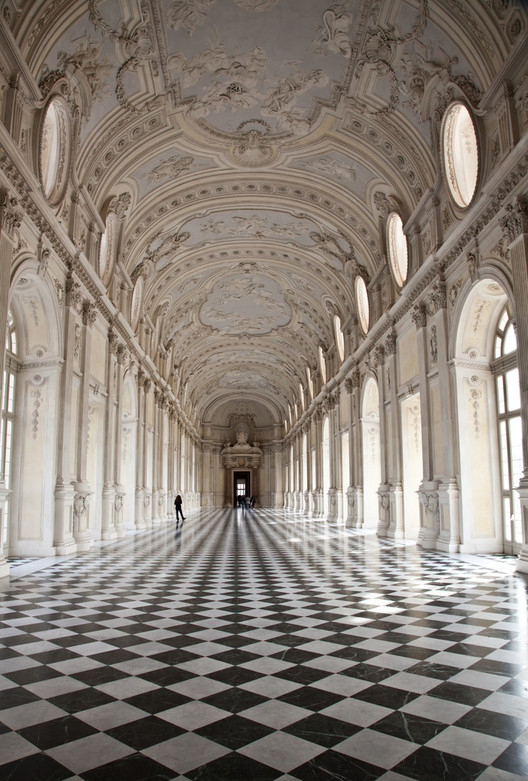
As you may have seen, ArchDaily has been publishing UNIFIED ARCHITECTURAL THEORY, by the urbanist and controversial theorist Nikos A. Salingaros, in serial form. However, in order to explain certain concepts in greater detail, we have decided to pause this serialization and publish three excerpts from another of Salingaros’ books: A THEORY OF ARCHITECTURE. The following excerpt, the first, explains the terms “Pattern Language” (as well as“antipatterns") and “Form Language.”
Design in architecture and urbanism is guided by two distinct complementary languages: a pattern language, and a form language.
The pattern language contains rules for how human beings interact with built forms — a pattern language codifies practical solutions developed over millennia, which are appropriate to local customs, society, and climate.


